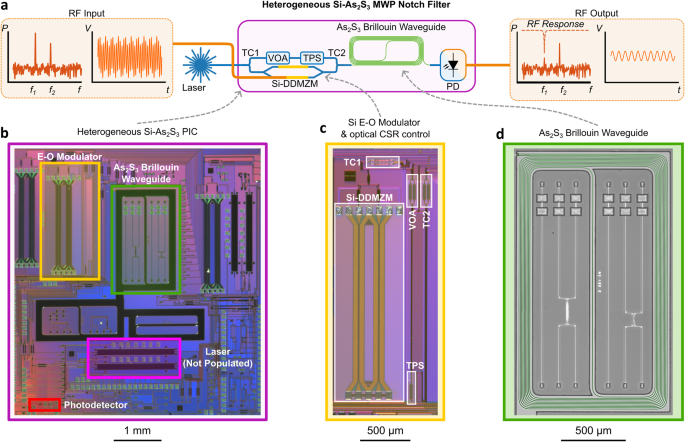2023-12-01 アメリカ合衆国・オークリッジ国立研究所(ORNL)

・ ORNL が、大気から直接 CO2 を分離・回収する直接空気回収技術(DAC)の理解をさらに深める研究結果を報告。
・ DAC プロセスは、大気中の CO2 濃度を低減させるネガティブエミッションの達成目標の開発の初期段階にある。本研究では、吸着機能をもつことで知られるアミノ酸である水性のグリシンを用いた CO2 分離プロセスに焦点を当てた。
・ これまであまり研究されてこなかった、CO2 捕獲の速度に関わる溶液中の水分子と化学物質による動的現象を調査。非平衡溶媒効果として知られるこの動的相互作用の理解は、反応の起こり方とその速度に関する全体像の把握に不可欠なもの。
・ 自由エネルギー障壁のみによる CO2 の吸着速度の調査は、全体像の把握を困難にする過度の単純化であり、反応の起こる速度に影響する要因の反応速度論を正確に理解できないことを確認した。
・ そのため、反応の経路に沿った水の挙動の影響を考慮した、より完全なアプローチを採用。その結果、グリシンが CO2 と相互に作用する第一段階の速度は、プロトンを放出して吸着した CO2 を維持する混合状態を形成する第二段階よりも約 800 倍遅いことを発見。CO2 の吸着・分離の効率性向上の可能性を提供する。
・ 本研究で使用した ab initio 分子動力学シミュレーションは、化学反応の短時間、長さのスケールや高い演算コストにより制限されるため、今後の研究では正確なシミュレーションを提供する機械学習を導入し、深層ニューラルネットワークをベースとした原子間相互作用のポテンシャルの開発を試みる。
・ これにより、DAC における温度、圧力や粘性等の微視的な要因の影響や、それらの要因と分子の関連性の理解を促進する、演算コストを大幅に低減した大規模で極めて正確な分子シミュレーションの実施が可能となる。
・ 本研究の成果は、DAC の複雑な仕組みを明らかにし、水性アミノ酸による大気中の CO2 除去における動力学、熱力学、分子相互作用の担う重要な役割を強調する。
・ これらのメカニズムのより正確な理解が進めば、大規模な DAC 技術展開の実現の可能性が高まる。世界では、様々な DAC プロジェクトが研究、試験、開発の多岐にわたる段階にある。
・ 本研究は、米国エネルギー省(DOE) 科学局(SC)が支援した。
URL: https://www.ornl.gov/news/researchers-decode-aqueous-amino-acids-potential-direct-air-capture-co2
<NEDO海外技術情報より>
関連情報
Cell Reports Physical Science 掲載論文(フルテキスト)
An ab initio free energy study of the reaction mechanism and rate-limiting steps of CO2 capture by
aqueous glycine
URL: https://www.cell.com/cell-reports-physical-science/fulltext/S2666-3864(23)00465-4



